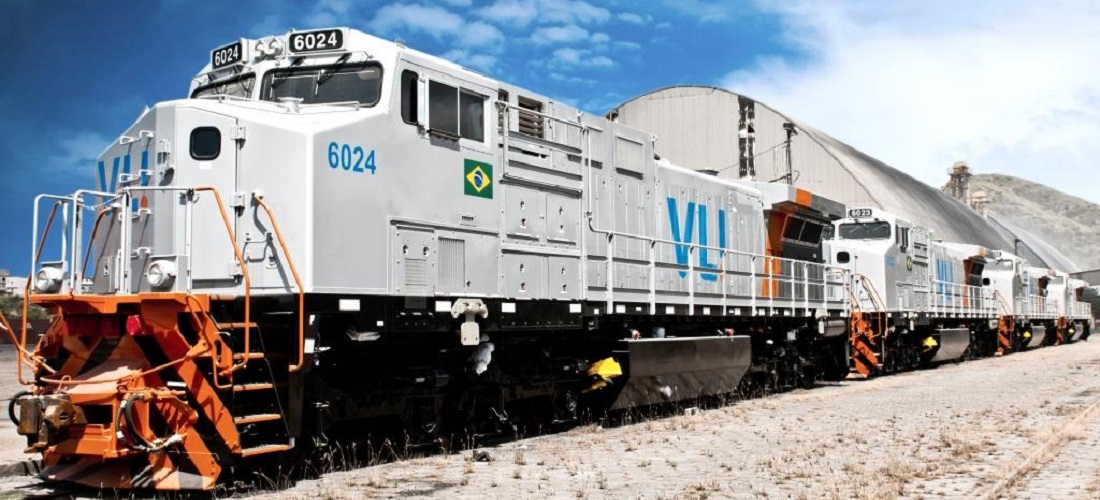
Plan to take the coffee from the south of MG by rail to Angra
Nov, 22, 2021 Posted by Ruth HollardWeek 202145
A potential R$ 20 billion project is being proposed to enable exports of products – mainly coffee – from the south of Minas Gerais through the port of Angra dos Reis, on the coast of Rio de Janeiro. The intention is to join these ends by rail.
Defended by Porto Seco Sul de Minas and by the Angra dos Reis Port Terminal (Tpar), the new logistical corridor depends on the reactivation of the Varginha-Três Corações-Lavras (Shortline Sul de Minas) and Barra Mansa-Rio Claro-Angra railway stretches (Shortline Sul Fluminense). Both are part of the Centro-Atlântica Railway, managed by VLI,
Currently concentrated in the port of Santos, exports departing from Porto Seco Sul de Minas yield around US$ 1 billion per year and reach the São Paulo coast in trucks, with higher costs and a higher number of accidents, mainly on the Fernão Dias highway.
According to a survey carried out by a southern Minas economic studies group, the annual movement reaches 100,000 containers, including coffee exports, fertilizer imports, and inter-regional movement of coffee for blending. With the new corridor, it is estimated that the volume could double.
“For coffee alone, there are 80,000 containers, but with the reduction in costs, the increase will certainly be significant. For Santos, the exporter currently pays R$ 3,400 per container, an amount that rises to R$ 3,800 for transport to the port of Rio. With the connection between Varginha and Angra, the cost drops to R$ $1,800, not counting the reverse logistics [transporting fertilizers from the port to the coffee hubs]”, says Cleber Marques de Paiva, president of Porto Seco de Varginha and coffee exporter.
Paiva estimates that by adding infrastructure works, including small stretches of connecting roads, terminals, and storage, investments in the Varginha-Angra project could reach between R$ 20 billion and R$ 23 billion, mostly in private projects in Porto Seco Sul de Minas and surroundings. To start the work, he believes that venture capital of R$ 200 million is needed.
Source: Valor Econômico
To read the full original article, visit the link:
-
Trade Regulations
Mar, 07, 2025
0
Canada seeks to deepen trade ties with Brazil amid Trump’s pressures
-
Sugar and Ethanol
Sep, 01, 2023
0
VHP sugar exports from Brazil to exceed 27 mt by March 2024
-
Shipping
Jan, 03, 2022
0
China Floats First 24,000 TEU Boxship Built for Evergreen
-
Shipping
Sep, 15, 2021
0
Hapag-Lloyd confirms halt in rate increase

